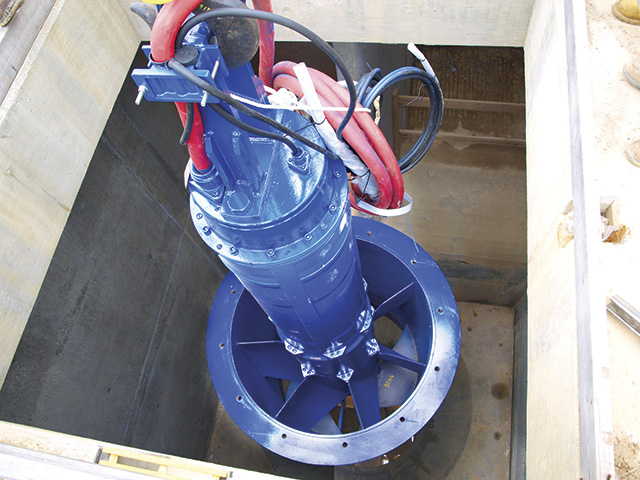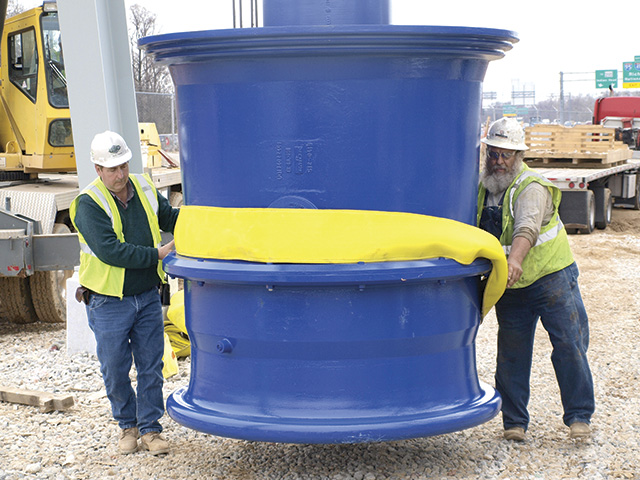Covering more than 150 acres and serving an area of 725 square miles, the Blue Plains Advanced Wastewater Treatment Plant (AWTP) in Washington D.C. is one of the largest advanced wastewater treatment plants in the world. Blue Plains has a design capacity to treat up to 370 million gallons per day (mgd), meeting the needs of the metro-D.C. area's wastewater and collection treatment needs. Because the treated effluent is discharged into the Potomac River, the plant must meet some of the most stringent nitrogen standards in the world. The District of Columbia Water and Sewer Authority, also known as DC Water, has implemented a $3.8 billion, 10-year capital investment program for all its capital projects. Part of this program has been the construction of the Enhanced Nitrogen Removal Facility (ENRF). Submersible wastewater pumps are central to the operation of this facility.
Reducing Nitrogen
Nitrogen is an odorless, tasteless, colorless non-metallic chemical element that occurs naturally in the earth and atmosphere. It is a vital component of life for many organisms, but too much nitrogen can be harmful. In waterways, excessive nitrogen can deplete the oxygen that fish and other aquatic life need to thrive. Image 1. One of five submersible propeller pumps for The Blue Plains Water Treatment Facility in Washington, D.C. (Images courtesy of KSB)
Image 1. One of five submersible propeller pumps for The Blue Plains Water Treatment Facility in Washington, D.C. (Images courtesy of KSB)Pump Station Requirements
A key element of the new ENRF process was the addition of a new high-capacity pump station. The design specifications mandated 24/7 operation, with a planned life span of at least 20 years. The selected pumps had to be robust and have a high degree of reliability. Blue Plains chose several submersible propeller pumps designed specifically for this type of application. Image 2. The largest submersible propeller pumps produced by the project's pump manufacturer.
Image 2. The largest submersible propeller pumps produced by the project's pump manufacturer. 
